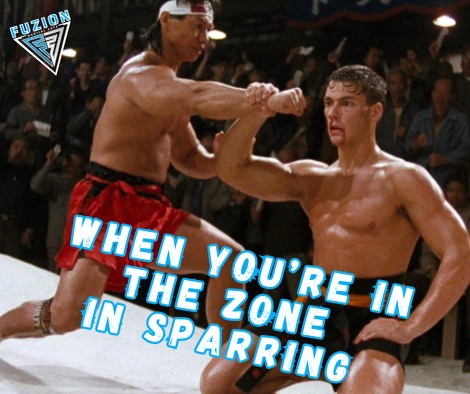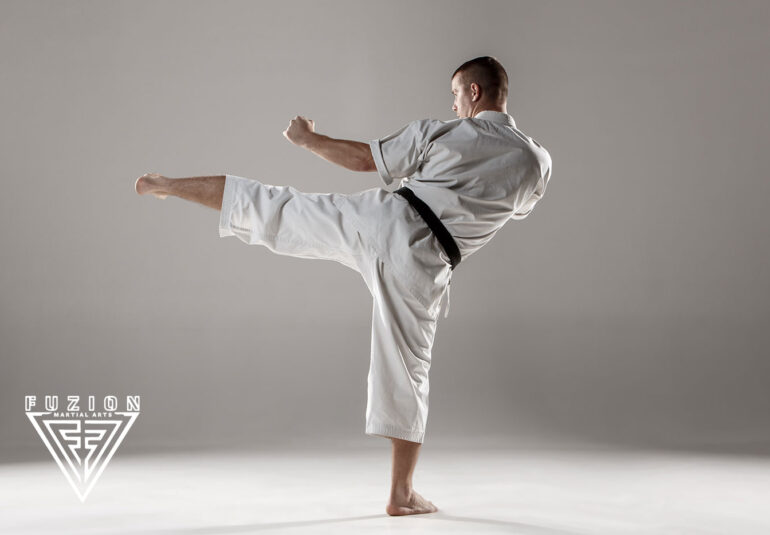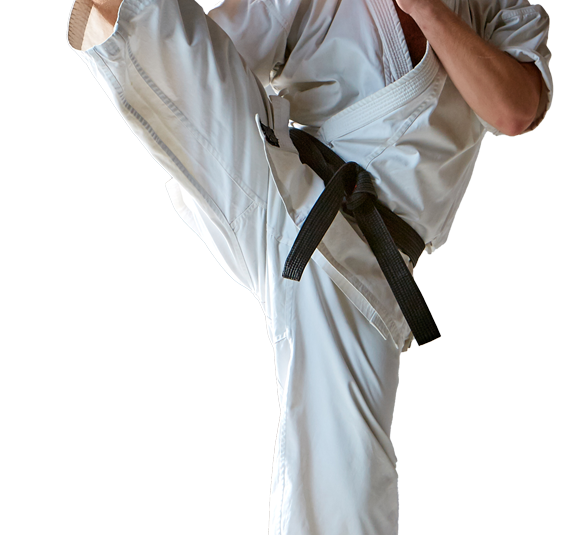
- 2
Martial arts have captivated audiences for decades, blending artistry, discipline, and raw power into visually stunning sequences that can leave us on the edge of our seats. From Bruce Lee’s iconic moves to the gravity-defying stunts in “The Matrix,” martial arts in movies often seem larger than life. But how realistic are these portrayals? Do they accurately reflect the true essence of martial arts, or are they merely cinematic embellishments designed for entertainment?
Movies, by their very nature, are designed to entertain, and martial arts films are no exception. Directors and choreographers often take liberties with the laws of physics and the capabilities of the human body to create visually striking scenes. Techniques that in reality would be less flashy or more grounded are often exaggerated to enhance the spectacle.
For instance, consider the ubiquitous flying kicks and mid-air acrobatics seen in many martial arts films. While these moves are based on real techniques, their execution is often embellished to the point of being unrealistic. In actual combat, these high-risk maneuvers are rarely used because they leave the practitioner vulnerable to counterattacks. However, on-screen, they provide a dramatic flair that keeps viewers engaged.
The influence of Wuxia, a genre of Chinese fiction that features martial artists with almost superhuman abilities, has heavily shaped the depiction of martial arts in films. Movies like “Crouching Tiger, Hidden Dragon” and “Hero” popularized the use of wire-fu—where actors are suspended by wires to perform gravity-defying stunts. While this technique creates breathtaking visuals, it is far from realistic. The use of wires allows characters to perform impossible feats, such as running up walls or leaping across vast distances, which, while visually stunning, do not reflect the physical limitations of real martial artists.
In recent years, there has been a trend toward more realistic portrayals of martial arts in movies. Films like “John Wick” and “The Raid” have been praised for their gritty, grounded fight scenes that emphasize technique, stamina, and strategy over flashy, exaggerated moves. These films often employ martial artists as stunt coordinators and actors, ensuring that the fight choreography stays true to real-life martial arts practices.
For example, “John Wick” incorporates elements of judo, Brazilian jiu-jitsu, and gun-fu (a blend of gunplay and martial arts) to create realistic and brutal combat scenes. The emphasis is on efficiency and effectiveness, mirroring the principles of real martial arts where the goal is to neutralize the opponent as quickly and safely as possible.
While movie fight scenes may not always be realistic, the training that actors undergo is often rigorous and rooted in real martial arts disciplines. Actors like Keanu Reeves, Tom Hardy, and Charlize Theron have famously committed to months of intense martial arts training to prepare for their roles. This training not only helps them perform the choreography convincingly but also brings a level of authenticity to their movements that resonate with audiences.
However, even with extensive training, most actors are not professional martial artists, and the choreography is designed to accommodate their skill level while still looking impressive on screen. Stunt doubles and special effects also play a crucial role in creating the illusion of flawless martial arts prowess.
Ultimately, the depiction of martial arts in movies is a balance between realism and entertainment. Purely realistic fight scenes might not always be as exciting or visually appealing to a mainstream audience, so filmmakers often opt for a more stylized approach. While some films strive for authenticity, others embrace the fantasy elements that make martial arts movies a genre of their own.
Whether exaggerated or grounded, martial arts in movies serve as a powerful form of storytelling. They convey emotions, showcase character development, and provide a visceral experience that resonates with audiences worldwide. So, while the martial arts you see on screen may not always be entirely realistic, they are undoubtedly an art form in their own right—one that continues to inspire and entertain.
Martial arts in movies are a fascinating blend of reality and fantasy. While they may not always accurately reflect the true nature of martial arts, they succeed in capturing the imagination and providing entertainment. The next time you watch a martial arts film appreciate the skill and creativity that goes into making those spectacular fight scenes, even if they might defy the laws of physics. After all, in the world of cinema, it’s all about the magic of storytelling.


